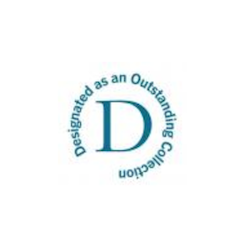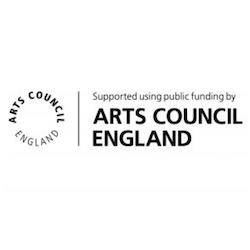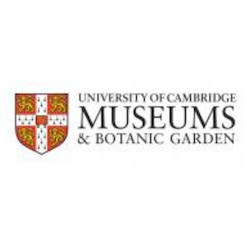‘Melanesian art: objects, narratives and indigenous owners’ explored the relationships between a wide range of indigenous art and artefact forms, socially-significant narratives, and the indigenous communities from which historic collections of Melanesian art derive. Focusing on the important but largely unstudied Melanesian collections in the British Museum, this project aimed to bring new perspectives to both the study of indigenous art, and to the understanding of ownership, heritage, and relations between museums and communities.
The project’s core involved a sustained programme of consultations with traditional owners. The project was concerned especially to document the range and variety of contemporary Indigenous investments in historic collections. Several groups and many individuals from Papua New Guinea, the Solomon Islands, and Vanuatu visited the British Museum collections (and in some cases the collections in Cambridge also), and had sustained engagements with materials which were documented through audio and video. The project also hosted artists in residence, including Ralph Regenvanu (Vanuatu), Samuel Laguna (Papua New Guinea), and Rebecca Jewell (UK). The project was disseminated in the Pacific through radio programmes and other media designed to reach communities.
The Melanesia Project was led by Nicholas Thomas and Lissant Bolton (British Museum). There were two project researchers, Liz Bonshek and Julie Adams. The Melanesia Project was a collaboration between Goldsmiths College, University of London, the British Museum, and MAA, and was funded by the Arts and Humanities Research Council between 2005 and 2010. Additional support was received from the Leverhulme Trust and the Commonwealth Foundation.
Principle Investigator: Prof. Nicholas Thomas






